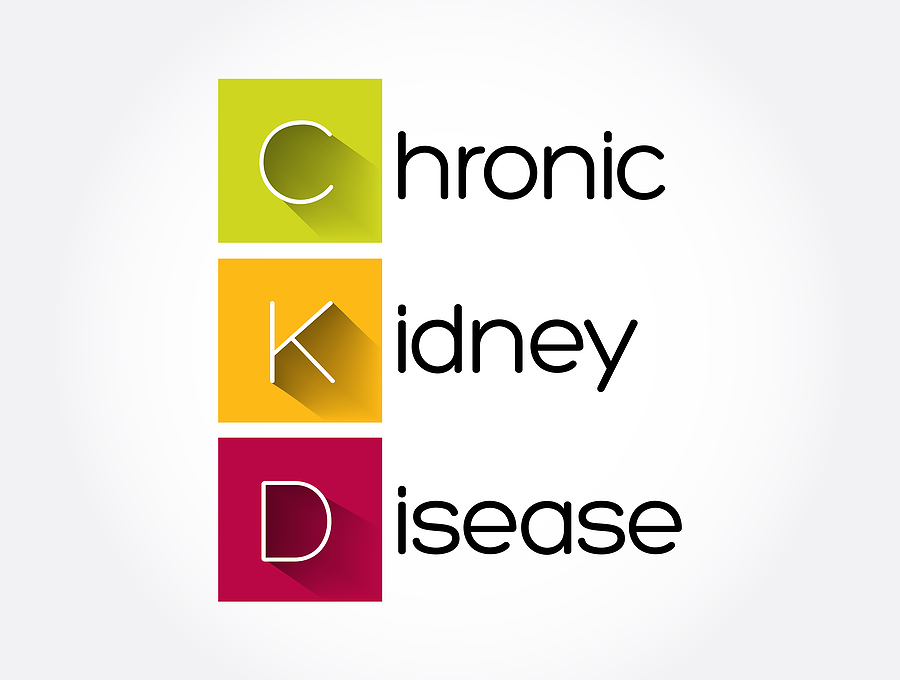PTSD and the Pilot | Post Traumatic Stress Disorder (PTSD) has been linked to military combat operations since Vietnam in part because the condition was first named in 1980 and also because of the extensive number of veterans with distress from their combat experience in the preceding decades. While PTSD is a formal diagnosis, it is really just the modern name for what was previously known as “soldier’s heart” or “shell shock,”[1] but was never a formal, diagnosable, condition.
Like most mental health issues, PTSD is a complicated diagnosis. It has several requirements and can encompass a multitude of aspects. To diagnose someone with PTSD, according to the most current guidelines set forth in the Diagnostic and Statistical Manual of Mental Disorders 5 (DSM-5) published by the American Psychiatric Association, you must meet the following criteria:
- Exposure to actual or threatened death, serious injury, or sexual violence in one (or more) of the following ways:
- Directly experiencing the traumatic event(s).
- Witnessing, in person, the event(s) as it occurred to others.
- Learning that the traumatic event(s) occurred to a close family member or close friend. In cases of actual or threatened death of a family member or friend, the event(s) must have been violent or accidental.
- Experiencing repeated or extreme exposure to aversive details of the traumatic event(s) (e.g., first responders collecting human remains; police officers repeatedly exposed to details of child abuse). Note: Criterion 1d does not apply to exposure through electronic media, television, movies, or pictures, unless this exposure is work-related.
- Presence of one (or more) of the following intrusion symptoms associated with the traumatic event(s), beginning after the traumatic event(s) occurred:
- Recurrent, involuntary, and intrusive distressing memories of the traumatic event(s).
- Recurrent distressing dreams in which the content and/or effect of the dream are related to the traumatic event(s).
- Dissociative reactions (e.g., flashbacks) in which the individual feels or acts as if the traumatic event(s) were recurring. (Such reactions may occur on a continuum, with the most extreme expression being a complete loss of awareness of present surroundings.)
- Intense or prolonged psychological distress at exposure to internal or external cues that symbolize or resemble an aspect of the traumatic event(s).
- Marked physiological reactions to internal or external cues that symbolize or resemble an aspect of the traumatic event(s).
- Persistent avoidance of stimuli associated with the traumatic event(s), beginning after the traumatic event(s) occurred, as evidenced by one or both of the following:
- Avoidance of or efforts to avoid distressing memories, thoughts, or feelings about or closely associated with the traumatic event(s).
- Avoidance of or efforts to avoid external reminders (people, places, conversations, activities, objects, situations) that arouse distressing memories, thoughts, or feelings about or closely associated with the traumatic event(s).
- Negative alterations in cognitions and mood associated with the traumatic event(s), beginning or worsening after the traumatic event(s) occurred, as evidenced by two (or more) of the following:
- Inability to remember an important aspect of the traumatic event(s) (typically due to dissociative amnesia, and not to other factors such as head injury, alcohol, or drugs).
- Persistent and exaggerated negative beliefs or expectations about oneself, others, or the world (e.g., “I am bad,” “No one can be trusted,” “The world is completely dangerous,” “My whole nervous system is permanently ruined”).
- Persistent, distorted cognitions about the cause or consequences of the traumatic event(s) that lead the individual to blame himself/herself or others.
- Persistent negative emotional state (e.g., fear, horror, anger, guilt, or shame).
- Markedly diminished interest or participation in significant activities.
- Feelings of detachment or estrangement from others.
- Persistent inability to experience positive emotions (e.g., inability to experience happiness, satisfaction, or loving feelings).
- Marked alterations in arousal and reactivity associated with the traumatic event(s), beginning or worsening after the traumatic event(s) occurred, as evidenced by two (or more) of the following:
- Irritable behavior and angry outbursts (with little or no provocation), are typically expressed as verbal or physical aggression toward people or objects.
- Reckless or self-destructive behavior.
- Hypervigilance.
- Exaggerated startle response.
- Problems with concentration.
- Sleep disturbance (e.g., difficulty falling or staying asleep or restless sleep).
- The duration of the disturbance (Criteria B, C, D, and E) is more than 1 month.
- The disturbance causes clinically significant distress or impairment in social, occupational, or other important areas of functioning.
- The disturbance is not attributable to the physiological effects of a substance (e.g., medication, alcohol) or another medical condition.
Because of the complexity of the diagnosis and the immense impact that the diagnosis can have on both treatment modalities and future job prospects, it is our opinion that this condition should only be diagnosed by a psychiatrist or psychologist.
This next paragraph isn’t meant to upset anyone or make accusations, but because of the potential impact of a diagnosis like PTSD we recommend that people do not seek out this diagnosis for the sole purpose of increasing potential disability benefits. A recent diagnosis or disability rating will likely cause problems with an aviation career. The diagnostic criteria is easy to find. Barracks lawyers and, sadly, some transition advocates will recommend you put it on your disability claim despite never having been previously diagnosed, treated, or even suffered silently. We bring this up because we have seen it all too often. If you have this diagnosis, but absolutely no records of it other than your disability rating, then it is hard to provide the necessary documentation to the FAA that shows you have recovered. That can result in very expensive evaluations to prove that you do not have, or have already recovered from, PTSD. This also has the potential to lead to fraud allegations for the disability claim if it turns out you never had PTSD in the first place.
With that out of the way, we know that there are those who suffer silently because they are concerned about how it may impact their current career. We also know that the actual distress may not appear until years later. All of this is to say that we recommend everyone be completely honest at all times because that is the best way to get the proper treatment and ensure future success.
If you do carry a PTSD diagnosis, how will this affect an aviation career? The answer, as always, is “it depends.”
If you have a broken leg, you will not pass an FAA medical exam. If you are mostly healed up, but still going through physical therapy, then you are more than likely going to pass an FAA medical exam. The FAA medical department may want some documentation from your treating physician to verify how well your leg is doing. If you have 100% recovered from your broken leg and have no limitations then you will definitely pass your FAA medical exam.
What does this have to do with PTSD? It is virtually the same.
If you have active PTSD causing a significant disturbance in your daily living then you are not going to pass an FAA medical exam and need to seek treatment. Can you imagine having your copilot having a debilitating flashback on landing? Would it be safe for your copilot to be on heavy sedatives to help them sleep through their nightmares? It wouldn’t be any safer if it was you either.
With proper treatment, which may or may not include medication, PTSD can be well managed to the point that the FAA will grant a Special Issuance. This will require a significant amount of proof to assure the FAA that you are, in fact, well managed and safe to fly. Is that leg strong enough to hold the rudder with an engine out? They need to be assured. But it is doable. If you are receiving proper treatment then you should have the records to prove it.
After enough time and proper treatment PTSD can become as historical as that broken leg that healed years ago. In that case you have a great shot of walking out of the AME’s office with your certificate in hand.
The FAA even provides a handy decision tool for AMEs to use to determine if a pilot can receive their certificate at the exam or needs to be deferred. If you have a diagnosis of PTSD we recommend you take a look at the decision tool and make an honest self-assessment of how you answer those questions. If everything is “no” you are good to go. If there is even a single “yes” then you will need to be deferred and you should contact us for help, ideally before you go to see the AME.
Another question we get is “will they know if I don’t tell them?” Where PTSD is different from a broken leg is that the broken leg will be obvious to the AME, but the PTSD can be completely missed if you choose not to disclose it. As we discussed in our previous article, that would be illegal. And as we discussed above, it can also be very unsafe. If you really are safe to fly, then the FAA will likely agree with you and we can help you prove it. Don’t risk your integrity or career for a perceived easier path.
[1] M.-A. Crocq and L. Crocq, “From shell shock and war neurosis to posttraumatic stress disorder: a history of psychotraumatology,” Dialogues Clin. Neurosci., vol. 2, no. 1, pp. 47–55, Mar. 2000.





